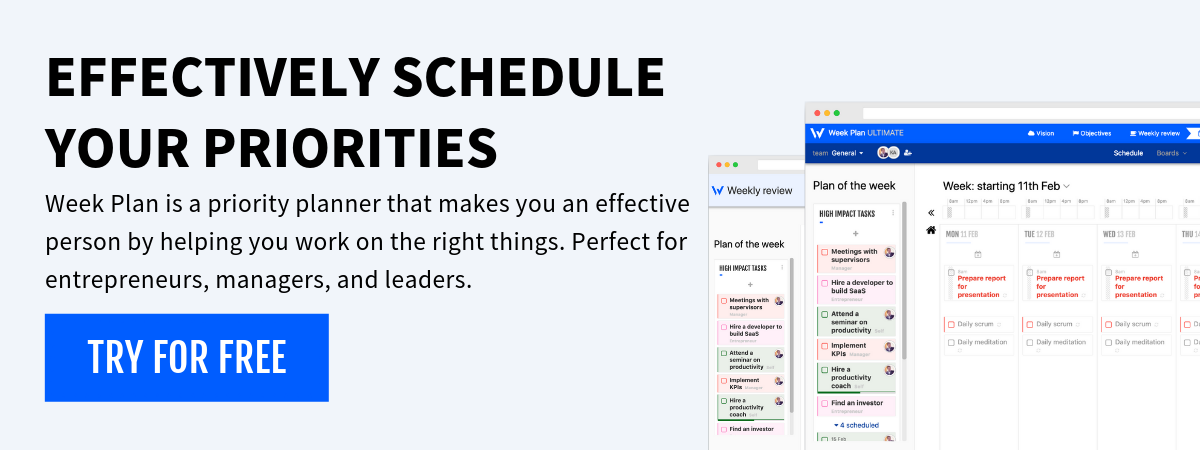The Success Pyramid is a conceptual framework that outlines a structured approach to achieving success in any endeavor. By visualizing success as a pyramid, this model emphasizes the importance of building a solid foundation of core values and skills, upon which more specific goals and strategies can be developed. It’s a holistic view of progress and achievement, focusing on incremental growth, discipline, and the strategic layering of efforts.
Foundations of The Success Pyramid
The base of the Success Pyramid consists of fundamental principles and practices that support sustainable growth and success. These include values such as integrity, discipline, and resilience.
1. Core Values and Mindset
At the pyramid’s base lie core values and mindset, the essential elements that define one’s approach to challenges and opportunities. Cultivating a positive, growth-oriented mindset is crucial for overcoming obstacles and pursuing excellence.
2. Skills and Knowledge
Building upon core values, the next layer emphasizes acquiring the skills and knowledge necessary for success in your field. Continuous learning and skill development are pivotal in staying relevant and competitive.
Applying The Success Pyramid to Time Management
The principles of The Success Pyramid can be effectively applied to time management, offering a structured way to prioritize tasks, set goals, and allocate resources efficiently.
1. Prioritization and Goal Setting
Identifying priorities based on the pyramid’s structure can clarify what actions are most aligned with your core values and long-term objectives. Tools such as the Goal Planner can be instrumental in setting and tracking these priorities.
2. Strategic Planning
Effective time management requires a strategic plan that includes short-term and long-term goals. The Task Planner can help break down these goals into actionable tasks, ensuring that daily activities contribute to the pyramid’s higher levels.
3. Execution and Discipline
The middle layers of the pyramid focus on execution and discipline—implementing your plans with consistency. Utilizing a Time Planner can aid in scheduling tasks and managing time effectively, turning plans into action.
4. Reflection and Adjustment
The top of the pyramid is about reflection and adjustment. Regularly reviewing progress towards your goals with a Productivity Planner allows for adjustments to be made, ensuring that your efforts are aligned with your desired outcomes.
The Success Pyramid in Practice
1. Building a Solid Foundation
Start with self-reflection to identify your core values and the mindset shifts necessary for success. Establishing a strong foundation is critical before pursuing specific skills or goals.
2. Acquiring Skills
Invest time in learning and skill development, aligning your efforts with your career or personal goals. This layer is about expanding your capabilities and preparing for future opportunities.
3. Setting and Pursuing Goals
With a solid foundation and the necessary skills, set specific, measurable, achievable, relevant, and time-bound (SMART) goals that align with your values and aspirations.
4. Continuous Growth and Adaptation
The journey to success is ongoing. Continuously seek feedback, learn from experiences, and adapt your strategies to overcome new challenges and seize opportunities.
Conclusion
The Success Pyramid offers a comprehensive framework for achieving success by emphasizing the importance of building a solid foundation, acquiring relevant skills, setting strategic goals, and adapting to change. By applying its principles to time management and personal development, individuals can navigate their paths to success with clarity and confidence, ensuring that every step taken is aligned with their ultimate objectives.

More Posts
8 Vital Attributes Of The Successful Entrepreneur
It takes a lot to be a successful entrepreneur. But before we look at the attributes, let’s first take a closer look at the history behind the development and meaning of the word...
9 Reasons Time Management Coaching is Important
Time management coaching helps people focus better. It makes work time more productive. Without it, people waste a lot of time. They get easily interrupted or distracted. But, with good coaching, these problems...
13 Reasons to Invest in Workforce Analytics
Workforce analytics, also known as HR analytics, is becoming key for today’s companies. Over 70% of top bosses see people analytics as a top goal for their teams. This trend is growing fast,...
10 Ways Daily Journaling can Help You in Time Management
Journaling every day is not just about keeping track of life’s events. It’s a key way to better manage time and experience various journaling benefits. By noting down thoughts, aims, and plans, one...